Finally the moment has arrived and cheetahs, the world’s fastest alive animal, are in India’s forest. The journey took 70 years and the wait of a million eyes is now finally over. Cheetahs were declared extinct in India in 1952. Now an attempt is being made to resettle them in India again. Eight cheetahs, including five females and three males, have been translocated to India from Namibia.
PM Narendra Modi released these eight big cats in Kuno National Park in Madhya Pradesh. From the viewpoint of food and habitat, Kuno is considered as the best place for cheetah in India. And that is why, it was chosen.
Indian Masterminds interacted with 1992 batch IFS officer and Field Director of Kuno National Park, Uttam Kumar Subuddhi, to know more about this translocation of cheetahs, that is happening for the first time in the world in the history of wildlife.
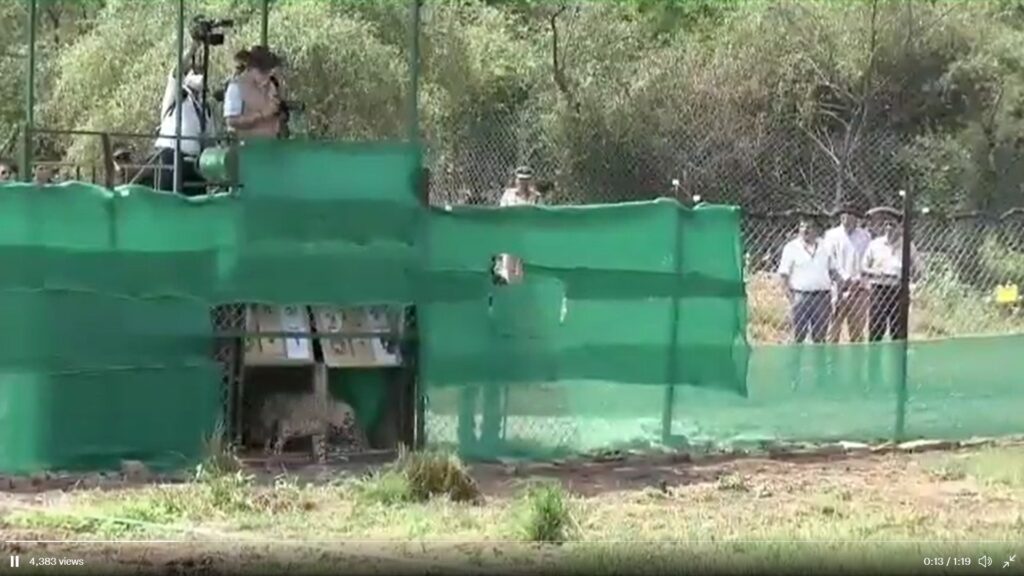
GETTING KUNO READY FOR CHEETAHS
India’s Supreme court vide order dated 28 January 2020 permitted introduction of Arican cheetah in India. The concept of bringing cheetah back was first introduced in 2009 by conservationists along with Cheetah Conservation Fund (CCF), headquartered in Africa, which works toward saving the big cat in the wild.
For the cheetahs to prey on, many types of animals were settled in Kuno National Park here, ranging from sambar and chital. A special type of grass was planted in the park. There are also small mountains here and there, as in Africa. There are long distance grounds for cheetahs to run free. The weather of Sheopur district, where Kuno National Park is situated, is also similar to Namibia. So, considering all these factors, it is being hoped that this translocation would be successful.

PROJECT CHEETAH
Speaking with Indian Masterminds, Field Director of Kuno National Park, Uttam Kumar Subuddhi, said, “Now that the cheetahs have been introduced in the forest by the honourable PM, they will be quarantined for four to six weeks. During this time, we will keep a close watch on all health parameters, from changes in the behaviour to its food habits. After that, they will be first released in small barns, then in big barns, and finally they will go to the open space. Right now, I will not comment on how long it will take. When one phase is completed, we will move to the other.”
CLIMATE CHANGE
On whether climate change will affect the cheetahs, the officer said that Kuno National Park was chosen for the settlement of cheetahs in India because the environment here is exactly like Namibia’s. The topography is the same, the grassland is the same like the Savannah in Africa. The same base has been prepared, as cheetahs get in Africa and which is very suitable for them. Animals like sambar, chital were settled in the forest, so that the cheetahs have a food base. Except for one, all the villages have been relocated from there.
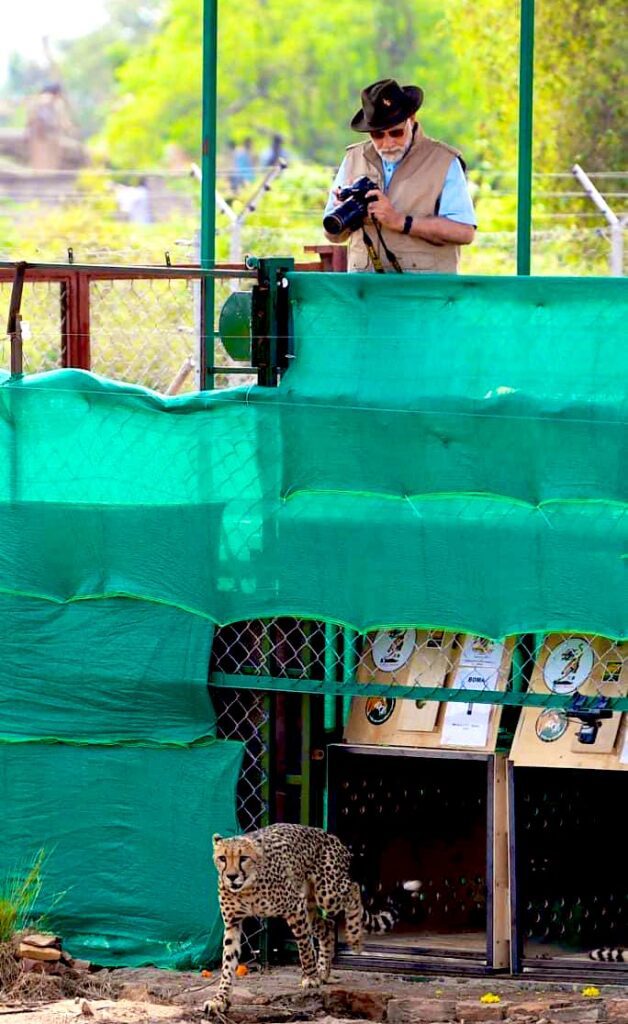
Apart from this, the behaviour of cheetah has also been studied here. “If an animal is brought under international protocol, then it is mandatory to keep it in quarantine first. The cheetahs are in quarantine now. Our scientist, veterinarians, forest officials are all closely observing them. We hope that within 6 months, we will be able to see them in the wild. Till now it has never happened that an animal has been brought here from the African continent. This is happening for the first time in the wildlife history of the world. So, let’s hope for the best. We expect to see many cheetahs roaming the jungles of India at some point in time.”
CHEETAHS’ MITRA
Before the arrival of cheetahs, the Madhya Pradesh government had appointed more than 450 cheetah friends to spread awareness about them. 457 people from 90 villages have become cheetah friends, who will protect the cheetahs.
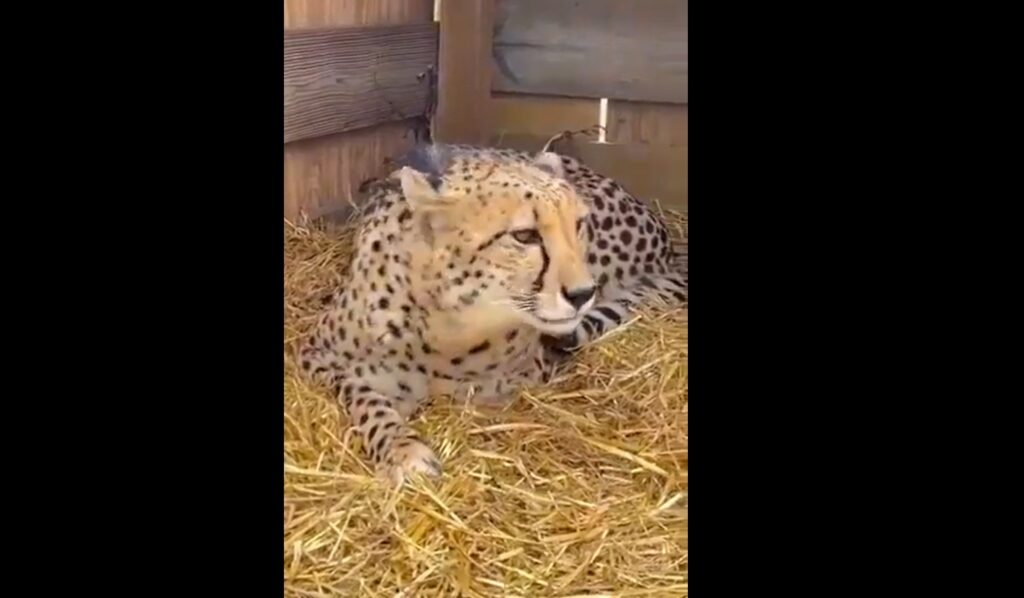
The biggest feature of Cheetah Friends’ work is that they will never meet cheetahs. Despite this, they will play a major role in the life and safety of cheetahs. They will roam around and make people aware about cheetahs. They will tell people that cheetahs do not attack humans, so there is no need to be afraid of them. If ever a cheetah comes out of the forest and comes to the residential area, they should not panic and immediately report it to the Forest Department.
REASON FOR DECLINE
The main reasons for the decline of cheetahs in India were largescale capture of the animal from the wild for coursing, bounty and sport hunting; extensive habitat conversion along with consequent decline in prey base. The last cheetah was killed in India in 1947. In 1952, cheetahs were declared extinct by the Government of India.
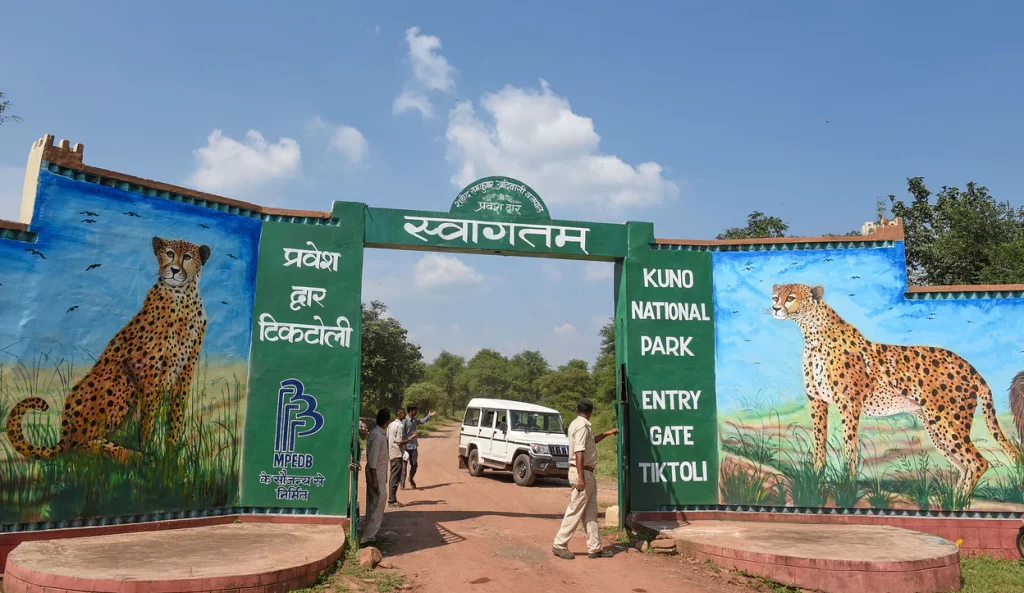
RE-ARRANGEMENT
According to experts, the re-arrangement of cheetahs in India will be considered when the number of cheetahs here will reach 500. To meet this target, 8 to 12 cheetahs will be sent to India every year from South Africa and Namibia. Apart from this, the genealogy of cheetahs in India will also be involved in this. During this, a complete blueprint of the living standards of cheetahs has been made on the basis of international level standards.
ENVIRONMENT CONSERVATION
On the occasion of the release of the cheetahs in Kuno, PM Modi said that a big void in our forests is being filled through these animals. The children here do not know much about the cheetah, now they will be able to see the cheetah in their own country. He also said that today we are giving a message to the whole world that we can develop along with the environment. We have become the fifth largest economy and are also protecting the environment.

PM Modi further said that people will have to show patience and wait for a few months to see these cheetahs in the Kuno National Park. These cheetahs have come to this area as new guests. We have to give these cheetahs a few months to be able to make Kuno National Park their home.
INTERESTING THINGS ABOUT CHEETAH
An average cheetah weighs around 50 to 64 kg. Their life span is 12 to 13 years. It is the fastest animal in the world, which can run faster than a sports car. It takes just 3 seconds to catch the speed of 0 to 90 Km. But cheetahs are not able to run very far at such a high speed. Generally this fast speed does not last more than 300 meters. Their top speed is around 113 km/hour.
They spend a lot of time in relaxing mood. Cheetahs do not roar like lions or tigers, but make low noises like cats or birds, which may sound a bit like a ‘meow’. This is because they do not have the bone in their neck that lions and tigers have so that they can roar.
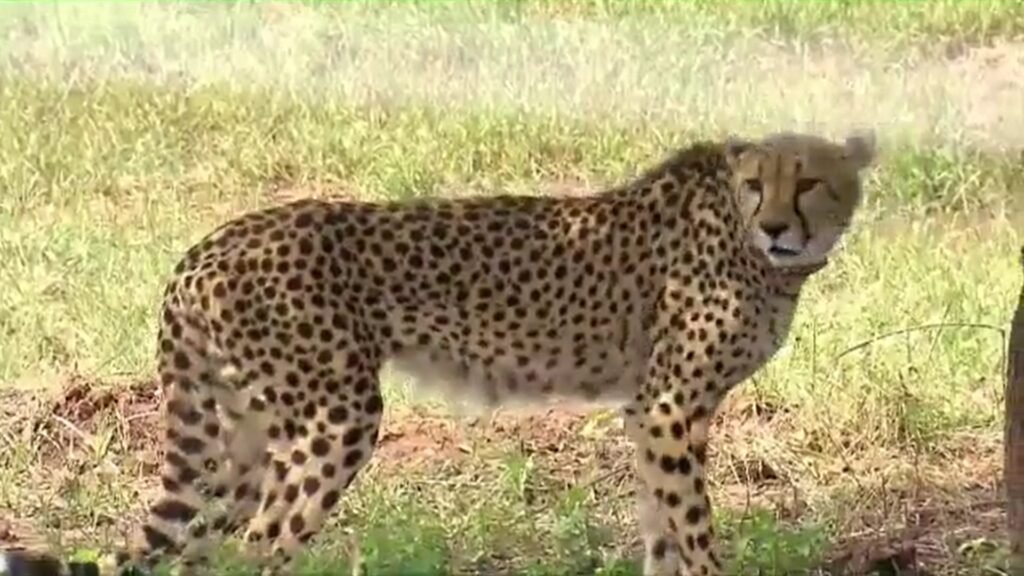
The name ‘cheetah’ is derived from the Hindi word ‘chitti’ (black spot), because it has spotted marks on its body. The black streaks under the eyes of cheetahs that look like tears actually reflect the strong light of the sun, so that they can see clearly even in bright sunlight. But cheetahs cannot hunt at night. Approximately seven thousand cheetahs remain in nine percent of their global range. They are found in 18 countries including India, now.































